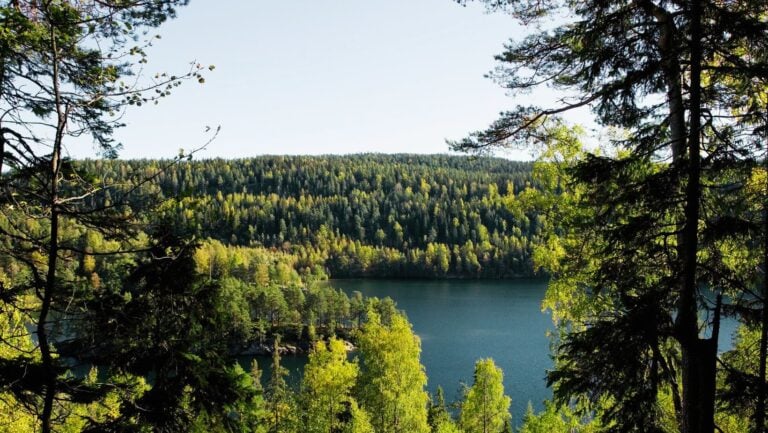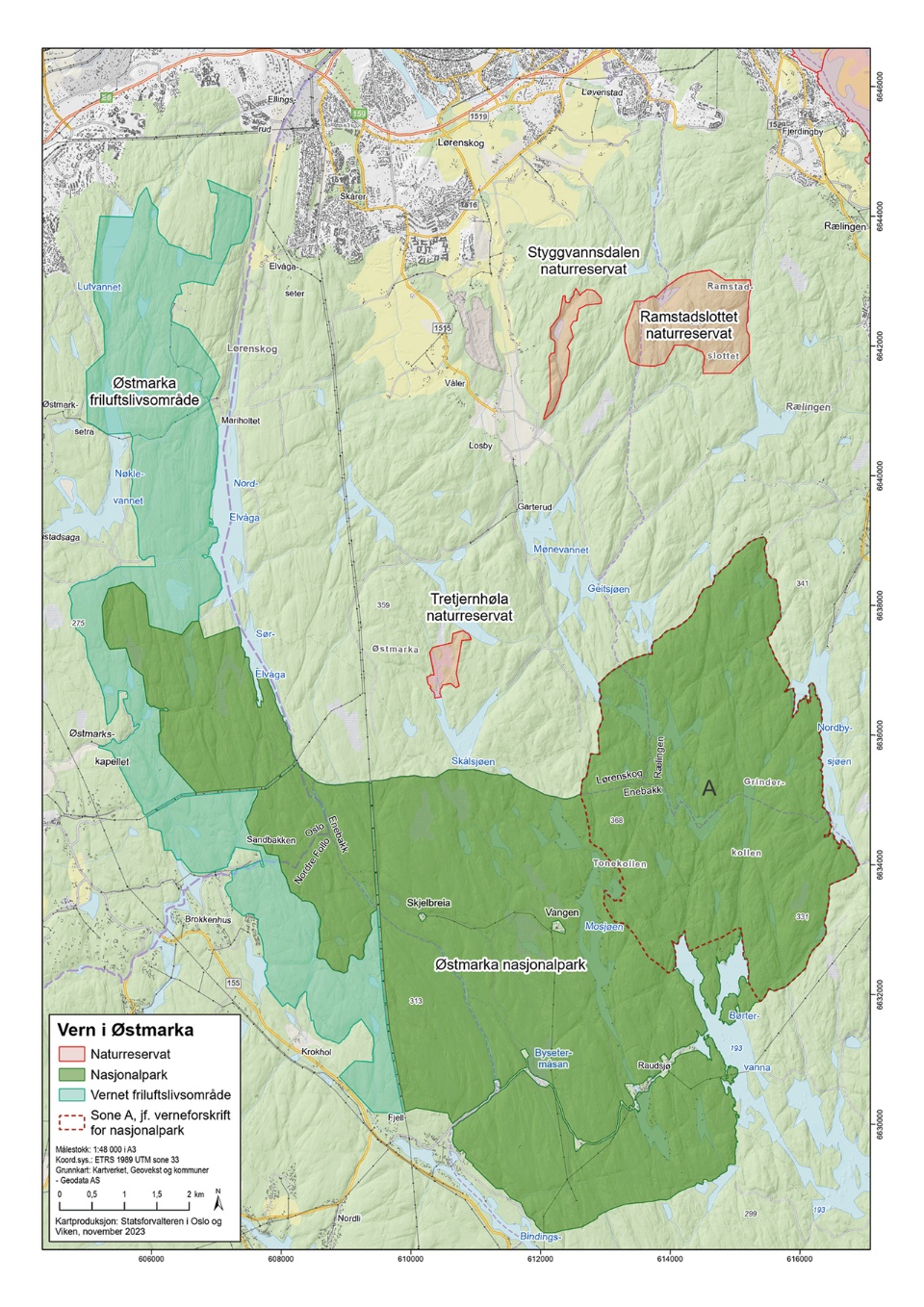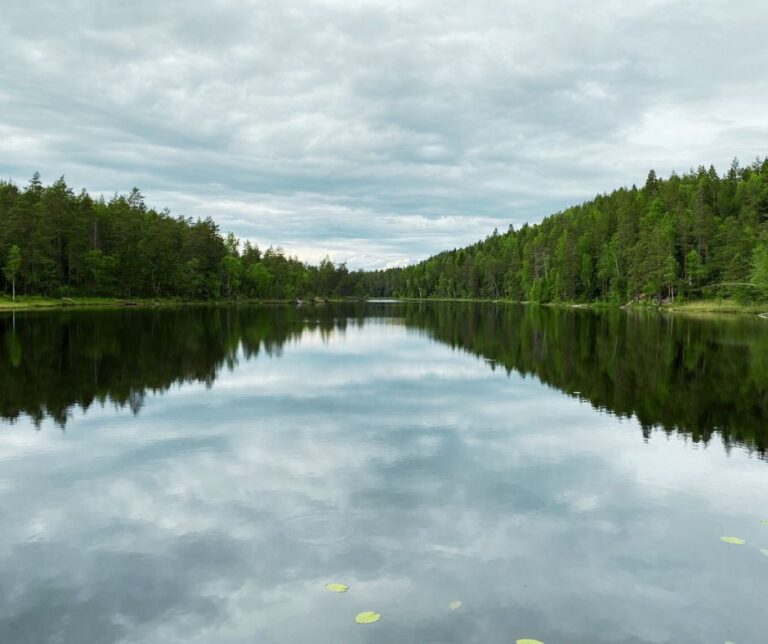It's unusual for a National Park to be so close to a major city. Here's everything you need to know about Norway's latest National Park, located on the doorstep of the capital city, Oslo.
From the vast trails of Nordmarka easily accessible thanks to the metro system, to the idyllic vacation islands in the Oslofjord just a short passenger ferry ride away, Oslo has no shortage of recreational areas.

Now, after more than a decade of political wrangling, the forest to the east and southeast of Oslo is to receive the recognition and protection of National Park status. Although smaller than originally proposed, Østmarka National Park will now become a reality.
This victory for wildlife and nature conservation marks a significant achievement in preserving southeastern Norway's important lowlands. Environmental groups have praised the establishment of a National Park so close to a major city like Oslo.
Norway already has 47 National Parks, but many are in much more remote areas such as the Jotunheimen mountains. In addition, there are 3,200 other areas with some form of protection. In total, the protected areas comprise more than 17% of mainland Norway.
Introducing Østmarka
Østmarka, a region cherished for its natural beauty and recreational opportunities, has a rich history intertwined with forestry, farming, and outdoor activities like skiing and hiking.
Bordered by the municipalities of Oslo, Lørenskog, Rælingen, Enebakk, and Nordre Follo, the area has long been a natural escape for residents and visitors alike. The name–Østmarka–literally translates as ‘The Eastern Forest'.

I know the area well, having (attempted to!) learn cross-country skiing in the part of Østmarka closest to Oslo.
Spanning 53.9 square km, the Østmarka National Park includes a nature preserve and the already established recreational area ‘Spinneren'. As part of the plan, other recreational areas will also be preserved, resulting in around 71 square km of protected nature in total.
The Journey to a National Park
For Østmarka, the journey to national park status has been anything but smooth. Originally proposed in 2012, the project faced opposition from sheep ranchers and other rural interests, particularly in Enebakk, due to concerns over land ownership and predator protection.
The breakthrough came when the plan was adjusted to include only publicly owned and managed areas, leading to broader approval.
The Liberal Party played a pivotal role in reviving the national park initiative in 2018, with key figures like Ola Elvestuen championing the cause.
Ultimately, a coalition of the Labour, Greens, Socialist Left, and Liberal parties succeeded in realising this vision. The national park plan has now finally been approved by the present Labour-Centre government.

Helga Gunnarsdóttir, chairman of Østmarkas Venner (Friends of Østmarka), expressed delight and relief at the park's approval, despite the lengthy process. She called it “fantastic news that we’ve waited a long time to get.”
Andreas Bjelland Eriksen, Labour’s minister in charge of climate and the environment, emphasised the park's role in preserving nature and ensuring future access to outdoor recreation.
Environmental groups WWF Norway and Naturvernforbund (Friends of the Earth Norway) are among those to praise the creation of a National Park so close to a city. Most of Norway's other national parks are in much more remote areas.
Limited New Infrastructure
But what of the park's many trails, and cabins owned by private citizens that fall within the new park's boundaries?
As part of the plan, the park's existing trails can still be used for sports training, skiing, and cycling. New buildings will be forbidden. However, owners of existing cabins will still be permitted to chop wood for their own personal use. No other cutting of timber will be permitted.
Some of the only infrastructure to be built will include a new National Park Centre and new signage for the park including maps and information about landmarks.
This minimal development approach respects the area's natural features, including forests, marshes, lakes, waterways, and cultural landmarks, ensuring a harmonious balance between conservation and accessibility.
It's a place where nature thrives, cultural heritage is preserved, and people can connect with the great outdoors, just a stone's throw from the bustling city life.

